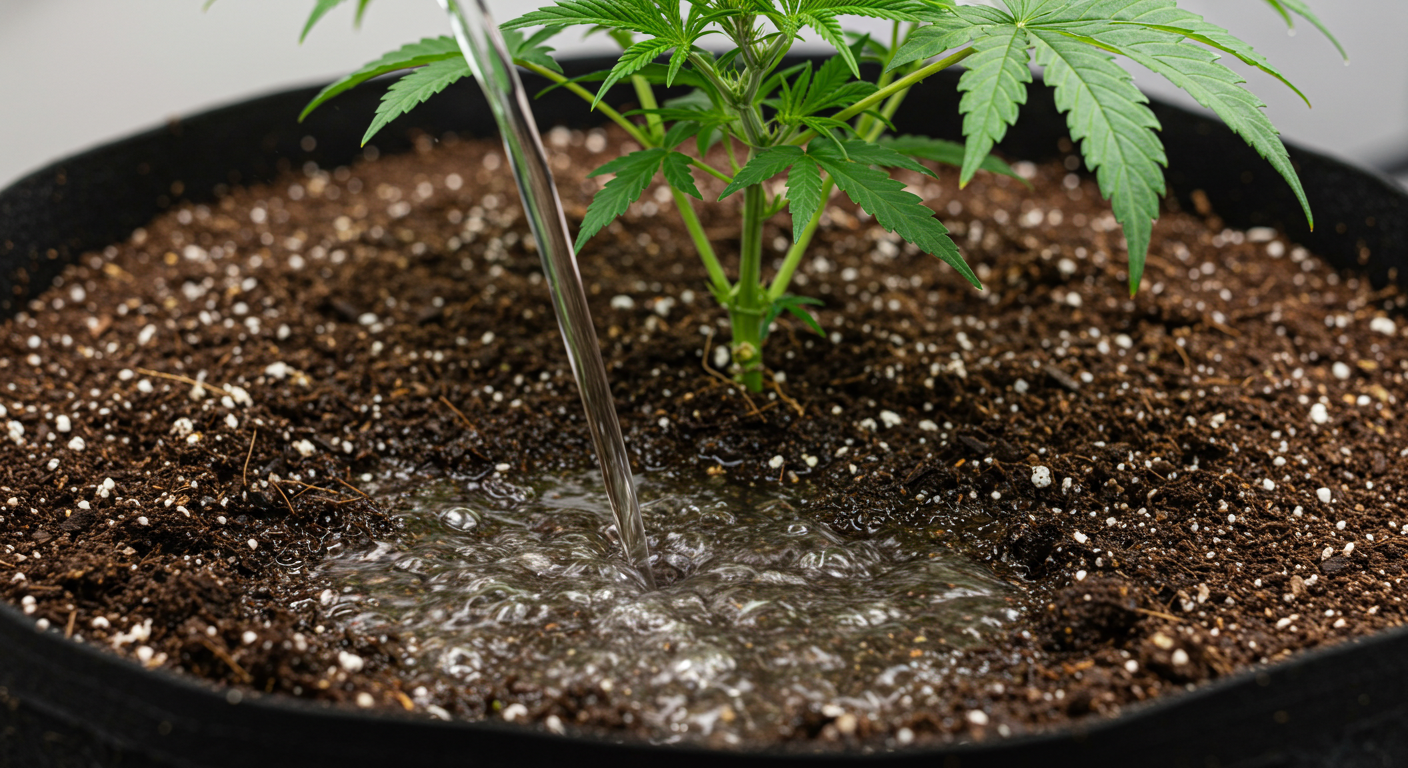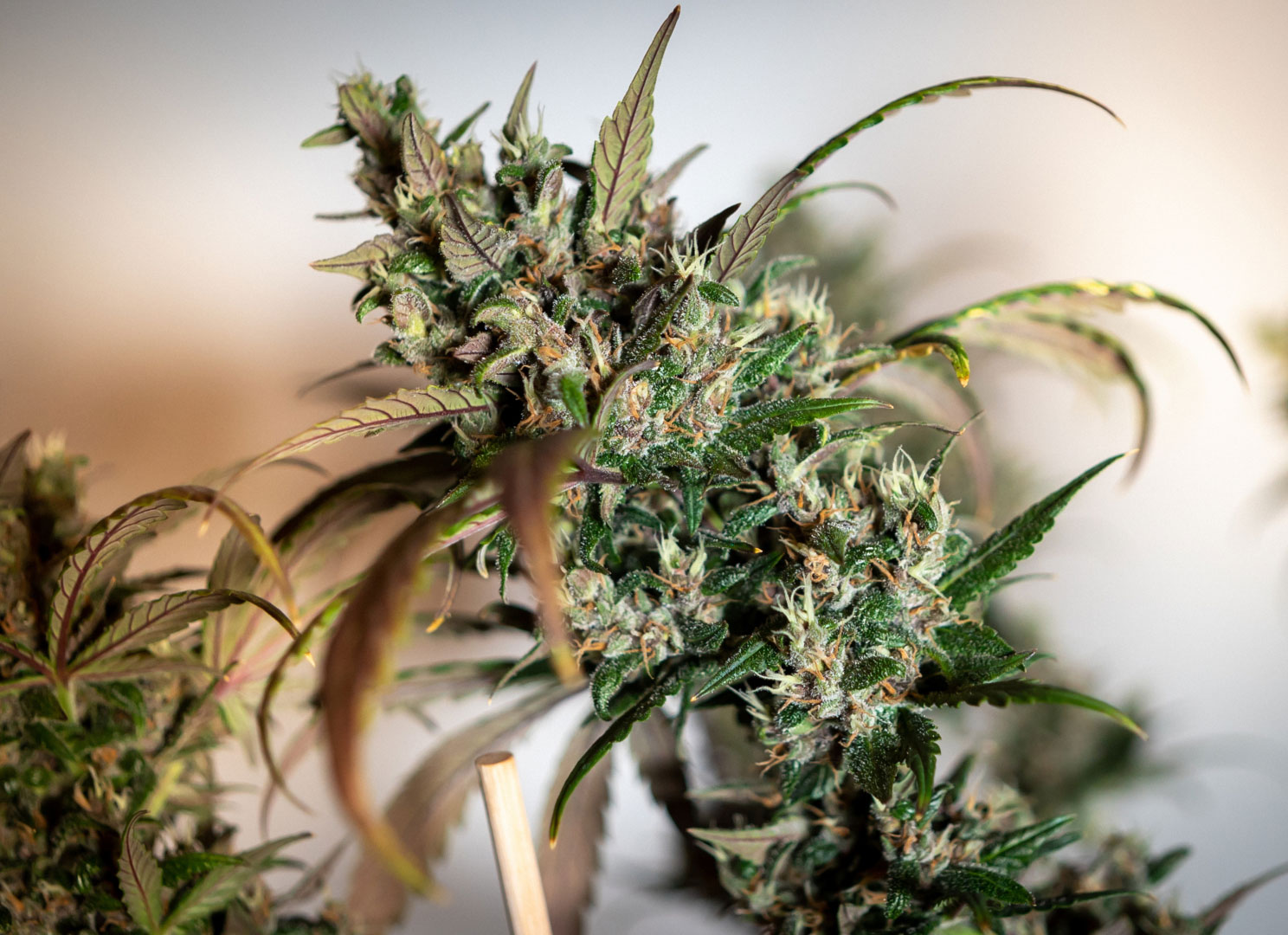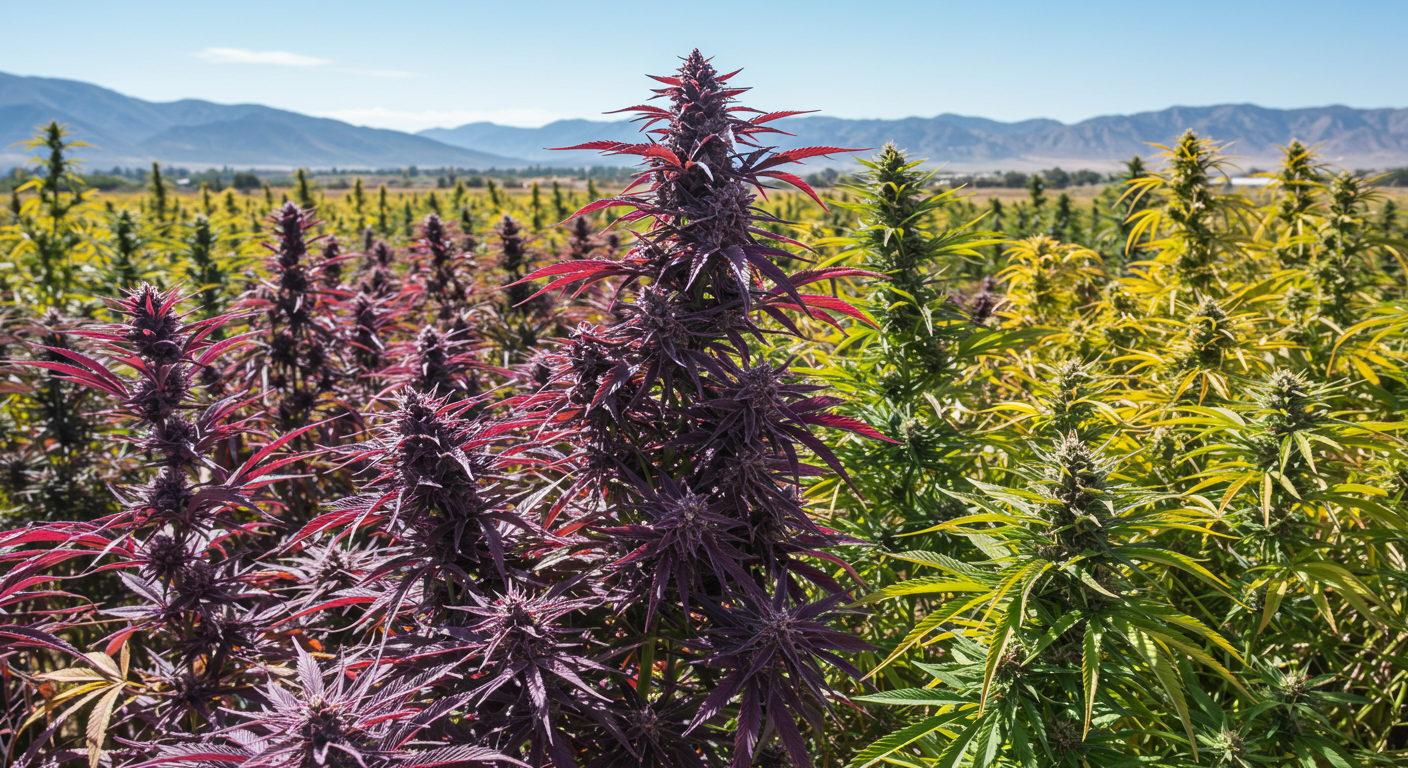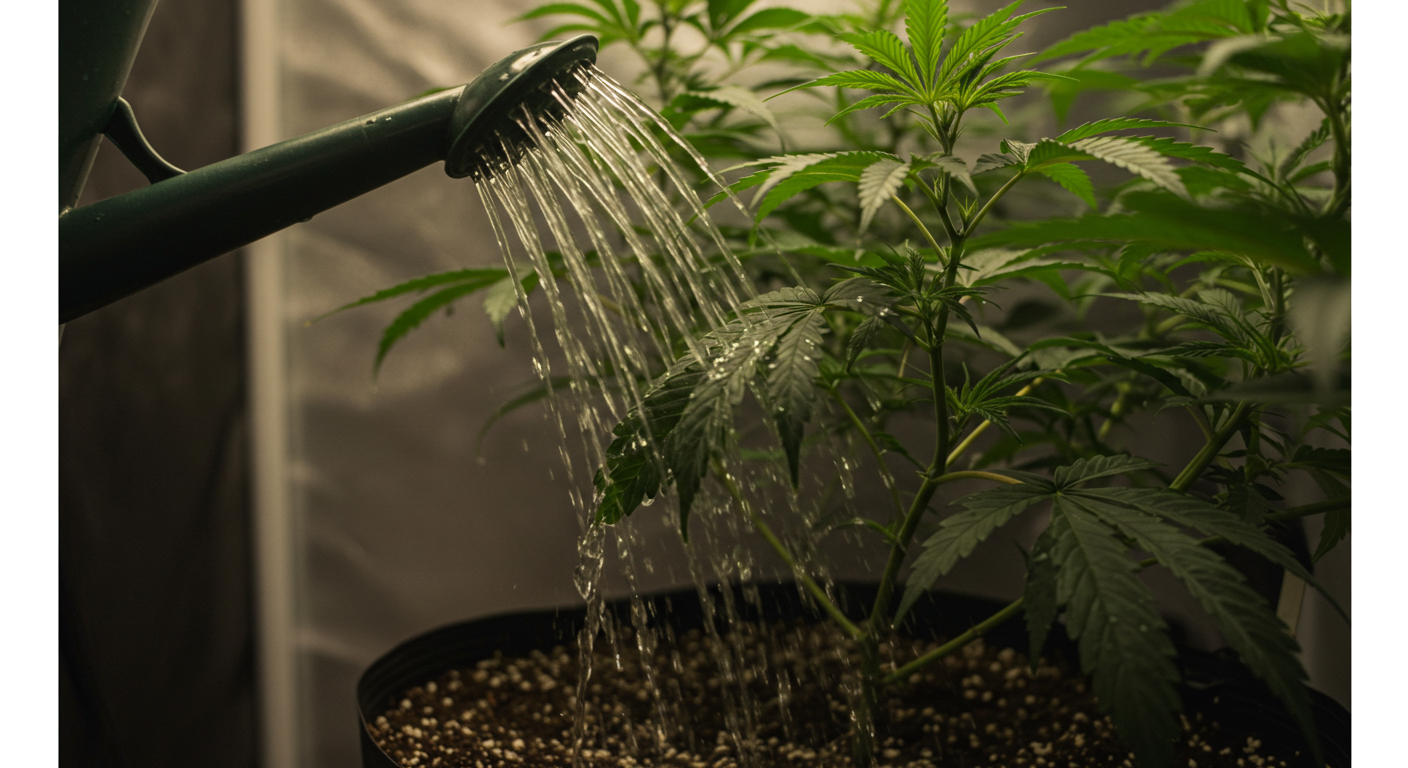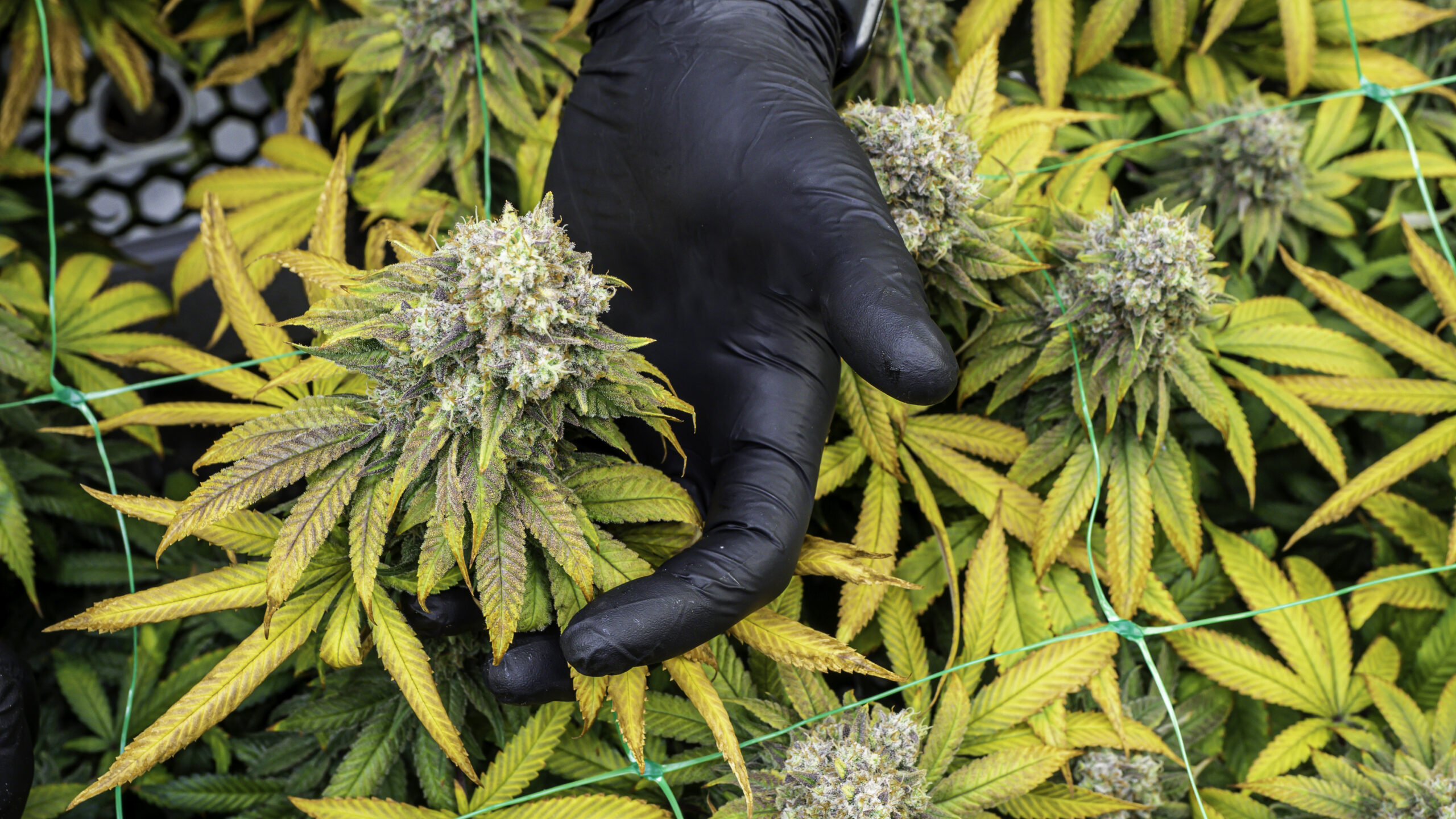
Does More Light Make Bigger Buds?
The simple answer is yes, more light can lead to bigger buds. But like everything in cannabis cultivation, it’s not just about quantity. It’s about balance. Light’s intensity, spectrum, duration, and even distribution all play a role. When these elements align, cannabis plants flourish, converting light energy into dense, aromatic buds. When they don’t, the results like stretched stems, popcorn buds, and wasted potential can be disappointing.
Let’s break it down step by step and explore why light is such a powerful tool and how to use it wisely.
Light: The Driving Force Behind Bud Growth
Cannabis is a light-hungry plant. As a C3 plant, it uses photosynthesis to transform light, water, and CO₂ into energy. This energy fuels vegetative growth in early stages, but once flowering begins, it shifts its priorities. Now, the plant channels energy into building buds—thickening colas, stacking calyxes, and pumping out trichomes.
The more light a plant receives during this stage (within optimal limits), the more energy it has available to develop larger and denser buds.
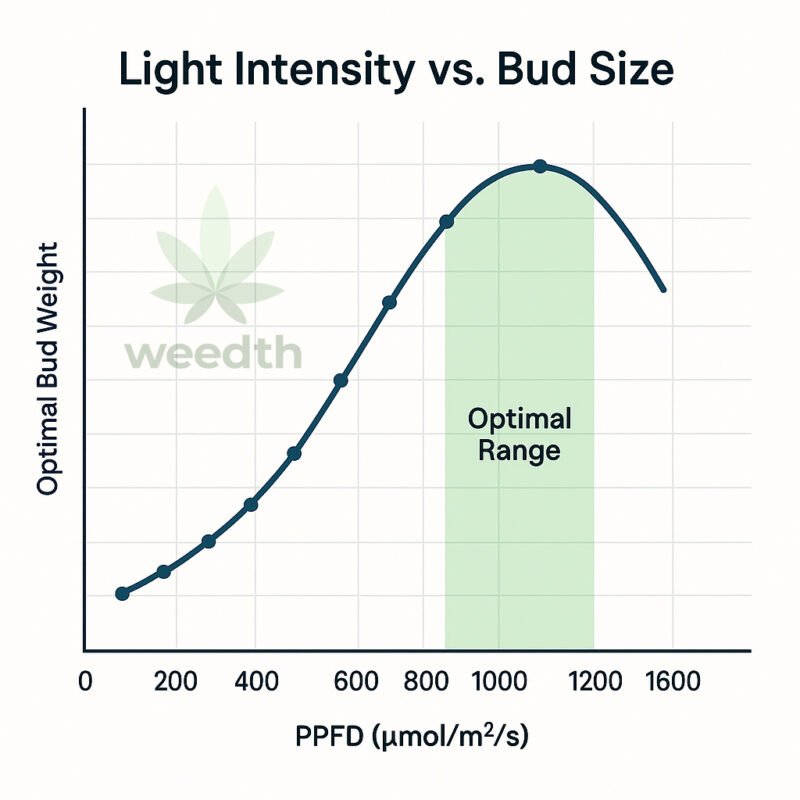
But “more light” doesn’t just mean slapping an extra bulb above your canopy. It means:
-
More photosynthetically active radiation (PAR) in the right spectrum
-
Proper canopy penetration so light reaches lower bud sites
-
Correct intensity (PPFD) without overheating or bleaching the plants
-
Long enough daily light exposure (usually 12 hours during flowering)
-
Good light distribution so no part of the plant is left behind
Spectrum Matters: Red vs. Blue
During flowering, red light (in the 600–700 nm range) becomes especially important. It encourages bud development, internodal stacking, and flower density. While blue light (400–500 nm) helps during vegetative growth by keeping plants compact, an excess of blue during flowering may reduce bud girth.
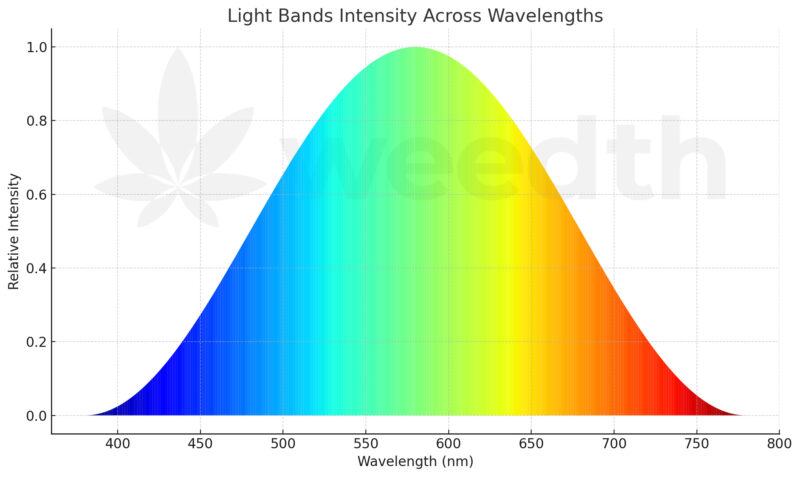
Full-spectrum LED lights that replicate natural sunlight tend to produce the most consistent results because they support all phases of growth without stressing the plant.
More Isn’t Always Better: When Too Much Light Hurts
Here’s where many growers go wrong: assuming that doubling the light will double the yield. It won’t. Every plant has a threshold(called the light saturation point) beyond which it can no longer process additional light efficiently.
Pushing beyond that point causes:
-
Light stress or bleaching, especially on upper colas
-
Excess heat, drying out roots and stressing the plant
-
Nutrient imbalances, as plants drink more water and absorb more minerals
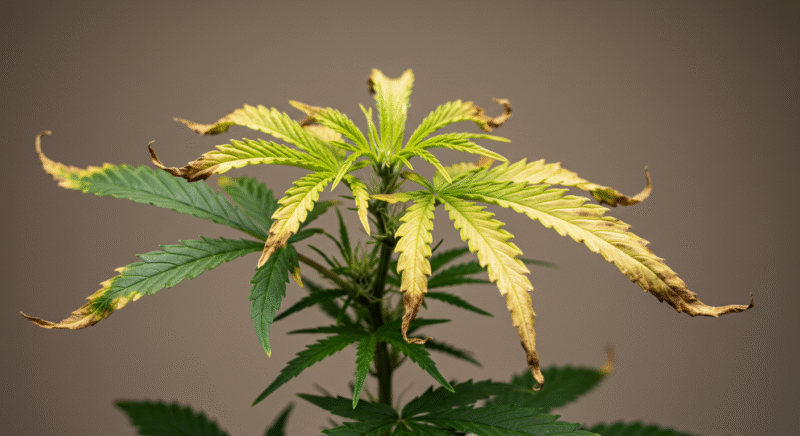
Cannabis generally thrives with a PPFD range of 600–1000 μmol/m²/s during flowering. Going above 1000 should only be done with controlled CO₂ enrichment and excellent environmental conditions.
Light Distribution: Even Coverage Equals Even Buds
Cannabis is naturally apical dominant, meaning the top cola gets the most growth unless manipulated. Uneven light reinforces this tendency. When the upper canopy hogs all the light, lower buds get left behind, resulting in small, larfy flowers.
Solutions include:
-
Light movers to spread light evenly
-
SCROG (Screen of Green) or LST (Low Stress Training) to flatten the canopy
-
Reflective walls to bounce light into shaded areas
Even light = even growth = uniform, chunky buds.
Duration and the Flowering Photoperiod
Once flowering begins, cannabis plants typically follow a 12/12 light schedule, 12 hours of light and 12 hours of uninterrupted darkness. This cycle simulates late summer or early fall outdoors, signaling to the plant that it’s time to reproduce.
What many growers overlook is how consistent and uninterrupted that darkness must be. Any light leaks during the dark period can confuse the plant, disrupt hormone cycles, and lead to problems like hermaphroditism or stalled bud development.
So while light during the day is critical for growth, darkness at night is just as essential for healthy, dense buds.
Light and Terpene Production
Beyond size and weight, light influences flavor, aroma, and potency.
Trichomes(the tiny resin glands that produce THC, CBD, and terpenes)are sensitive to UV light and certain parts of the light spectrum. Moderate levels of UV-B, for instance, can trigger a defense response in the plant, causing it to produce more resin as protection.
This doesn’t mean blasting your plants with UV is a good idea, but carefully managed light stress (at the right time and in the right intensity) can enhance terpene and trichome development.
Some growers even reduce light intensity slightly toward the final week of flowering to simulate the fading sun of autumn and encourage resin preservation.
Genetics and Light Response
It’s important to remember that light is just one part of the equation. Genetics play a massive role in determining how a plant will respond to it.
-
Some sativas, for example, grow tall and airy by nature, even under intense light.
-
Indicas tend to produce dense buds even with moderate lighting.
Feeding, airflow, humidity, CO₂ levels, and root health all work with light, not in isolation. A dialed-in grow room is a harmony of all these elements, and when one is off, even the best light won’t deliver the results you expect.
More Light = Bigger Buds… If Managed Correctly
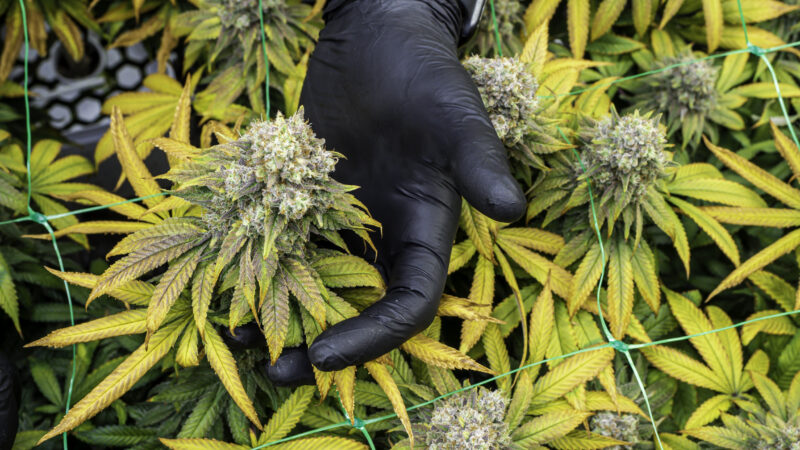
Yes, more light can mean bigger buds but only within reason and under control. Simply increasing wattage won’t guarantee quality or weight unless:
-
You give the plant a balanced spectrum
-
You manage heat and humidity
-
You ensure even distribution across the canopy
-
You avoid light stress and bleaching
-
You support it with adequate nutrients, airflow, and root care
Cannabis is a responsive plant, it gives back what you put in. When you provide light intelligently, it rewards you with heavy, frosty buds that are a joy to harvest.
Grow smart. Don’t just add light, master it.
Share this article
Written by : alexbuck
Follow us
A quick overview of the topics covered in this article.
- Light: The Driving Force Behind Bud Growth
- Spectrum Matters: Red vs. Blue
- More Isn’t Always Better: When Too Much Light Hurts
- Light Distribution: Even Coverage Equals Even Buds
- Duration and the Flowering Photoperiod
- Light and Terpene Production
- Genetics and Light Response
- More Light = Bigger Buds… If Managed Correctly
Latest articles
December 24, 2025
December 24, 2025
December 24, 2025
December 24, 2025

